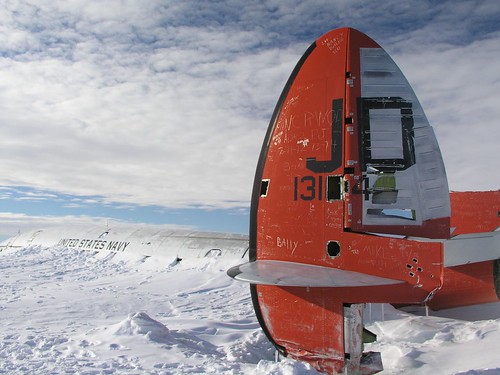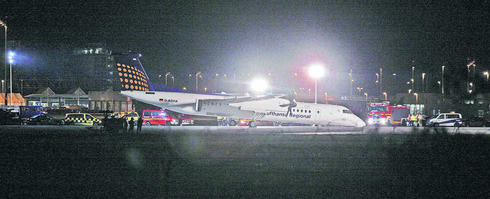British Airways has today placed an order for 12 Airbus A380 and 24 Boeing 787 aircraft with options for a further 7 Airbus A380s and 18 Boeing 787s. The airline will order both the B787-8 and B787-9. Both aircraft types will be powered by Rolls-Royce engines. The A380s will be powered by Rolls-Royce Trent 900 engines and the B787s will be powered by Rolls-Royce Trent 1000 engines. The engine order includes a lifetime maintenance contract.
This A380 order means a break of loyalty to Boeing, since British Airways used a Boeing-only longhaul fleet over decades.
The new aircraft will replace 20 of the airline’s B747-400s and its 14 longhaul B767 fleet and will be delivered between 2010 and 2014. The order, including options, will give the airline the ability to grow its capacity by up to four per cent per year and the flexibility to tailor its future capacity growth in line with market conditions.
The aircraft will be greener, quieter and more fuel efficient with significantly lower carbon dioxide emissions and reduced impact on local air quality. This was a key consideration in the order. In terms of CO2 emissions per seat, the A380’s performance will be 17 per cent cleaner than the Boeing 747-400’s, and the B787’s performance 30 per cent cleaner than the B767’s. In terms of NOx emissions, an A380 produces 10 per cent less than a B747-400, and a B787 produces 46 per cent less than a B767.
Willie Walsh, British Airways’ chief executive, said: “This is an exciting day for British Airways with our largest fleet order since 1998. It’s great news for our business, our customers and the environment.
“These aircraft set the gold standard when it comes to environmental performance in the key areas of CO2 emissions, local air quality and noise. They will contribute significantly to our target of improving fuel efficiency by 25 per cent between 2005 and 2025.
“They are also much quieter than their predecessors, which is of vital importance at Heathrow. Both the A380 and B787 are rated as producing a quarter of the noise level of the B747-400.” On the noise rating system at Heathrow, the A380 and the B787 are classed as QC 0.5 on arrival compared to QC2 for the B747-4. (That means they are rated as producing 25 per cent of a 747-400’s noise level.)
The new aircraft types will enable the airline to strengthen further its network strategy, complementing each other in the longhaul fleet. The A380 will be used to provide more capacity for the airline’s key high-density markets and maximise use of scarce Heathrow slots. The B787 will be used to start new routes and increase frequencies in existing markets.
Both aircraft bring significant economic benefits with lower costs per seat. They are both long range aircraft and bring more flexibility in to the fleet as, unlike the B767 that they replace, they can be flown across the airline’s network.
British Airways will continue to consider the most suitable aircraft to replace its remaining B747-400 aircraft and is examining the B787-10, B777-300 ER and A350XWB.
The total list price for the firm orders is US$8.2 billion for the airframe and engines.
The airline currently operates 114 longhaul aircraft – 57 Boeing 747-400, 43 Boeing 777s and 14 Boeing 767s.


